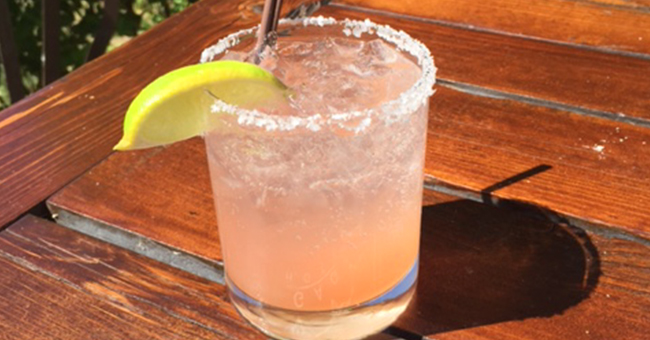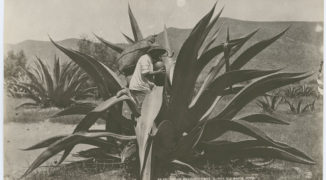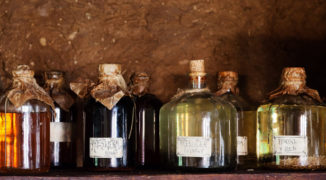When the average American thinks of Mexican cocktails, the margarita is likely the first drink to come to mind. But hiding in the margarita’s icy shadow is the real treasured drink of Mexico, La Paloma. Traditionally, the Paloma is served on the rocks and prepared by mixing tequila, fresh lime juice and grapefruit-flavored soda, like Jarritos. In the States, the drink is often made with Fresca or Squirt.
The history of the drink is obscure — no one knows for sure who invented the Paloma. Some credit the legendary Don Javier Delgado Corona, owner of the beloved La Capilla bar in the aptly-named town of Tequila in Jalisco, Mexico. Since Corona is also ascribed to creating another soda-based tequila cocktail, the Batanga (Coca-Cola, tequila and lime juice), this story seems plausible.
According to various sources, bartender Evan Harrison was the first to introduce the Paloma to a U.S. audience with a pamphlet, “Popular Cocktails of The Rio Grande,” referring to the region in Texas where mass grapefruit production has given the citrus the title, “the pride of the Rio Grande Valley.”
Despite the popularity of the Paloma in Mexico, the States’ noted history of Americanizing Mexican food and drink, and the fact that the U.S. outranks Mexico in grapefruit production by a half-million tons each year, the cocktail has not enjoyed the same mainstream success north of the border that the margarita has. Many believe that grapefruit pairs better than lime with tequila, making the Paloma’s underrepresentation on bar menus in the States even more puzzling. Even though the Paloma has not reached the same status as the margarita, it is a very popular drink in grapefruit-abundant Texas.
“Grapefruit is a beautiful fruit that doesn’t get utilized enough,” says Phillip Moellering of the Gage Hotel’s White Buffalo Bar in Marathon, Texas. “I think the Paloma will catch its own trend within the next two or three years, and it could even become more popular than a mojito or daiquiri,” Mollering says. “We have the Paloma on the menu at the bar specifically because it features a fruit grown right here in Texas.” Moellering is referring to Ruby Red grapefruit, a varietal discovered in the Rio Grande Valley in 1929 by a citrus grower named A.E. Henninger, who noticed a fruit with a red blush on one of his pink grapefruit trees. This mutation would become the first citrus patent granted in the United States, making all Texas grapefruit synonymous with this variety, which is known for its deep red flesh and unusual sweetness.
Bobby Heugel, owner of Anvil Bar & Refuge in Houston, Texas believes one thing is to blame for the Paloma’s less-than-mainstream status north of the border: the frozen margarita machine. “As unromantic as it may be, the margarita skyrocketed in popularity nationally, and internationally, in the ‘70s because of the ease of serving and drinking frozen margaritas, which led to pre-mixes and high margins,” he says.
The same can’t be said for the Paloma. The drink uses soda, which goes flat, has more waste and doesn’t net the same profits. Palomas in the U.S. are not the same as what you’d get in Mexico, but this is true for so many (if not all) food and drink items that cross the border. The basic understanding of a food or drink changes once it gets translated for mass consumption in the U.S. Moellering believes the Paloma will probably never reach the universal familiarity of the margarita, a cocktail tough to beat on the popularity scale. However, Heugel says, “I wouldn’t say the Paloma is neglected entirely. It’s a popular cocktail in Houston.” Heugel also says that unlike in the States, various brands of grapefruit sodas are used in Mexico for the Paloma, and most of them don’t use high-fructose corn syrup. “I think this also makes a big difference to those of us who drink Palomas across the border.”
The tendency to compare the Paloma to the margarita is a natural one. However, the Paloma is more than just a “cousin of the margarita.” It is a cocktail distinct in flavor, one that many believe deserves a spot on more menus in the States. With more and more bartenders now focusing on fresh-made ingredients and modifiers, perhaps it’s time for the Paloma to gain a new lease on life north of the border.





